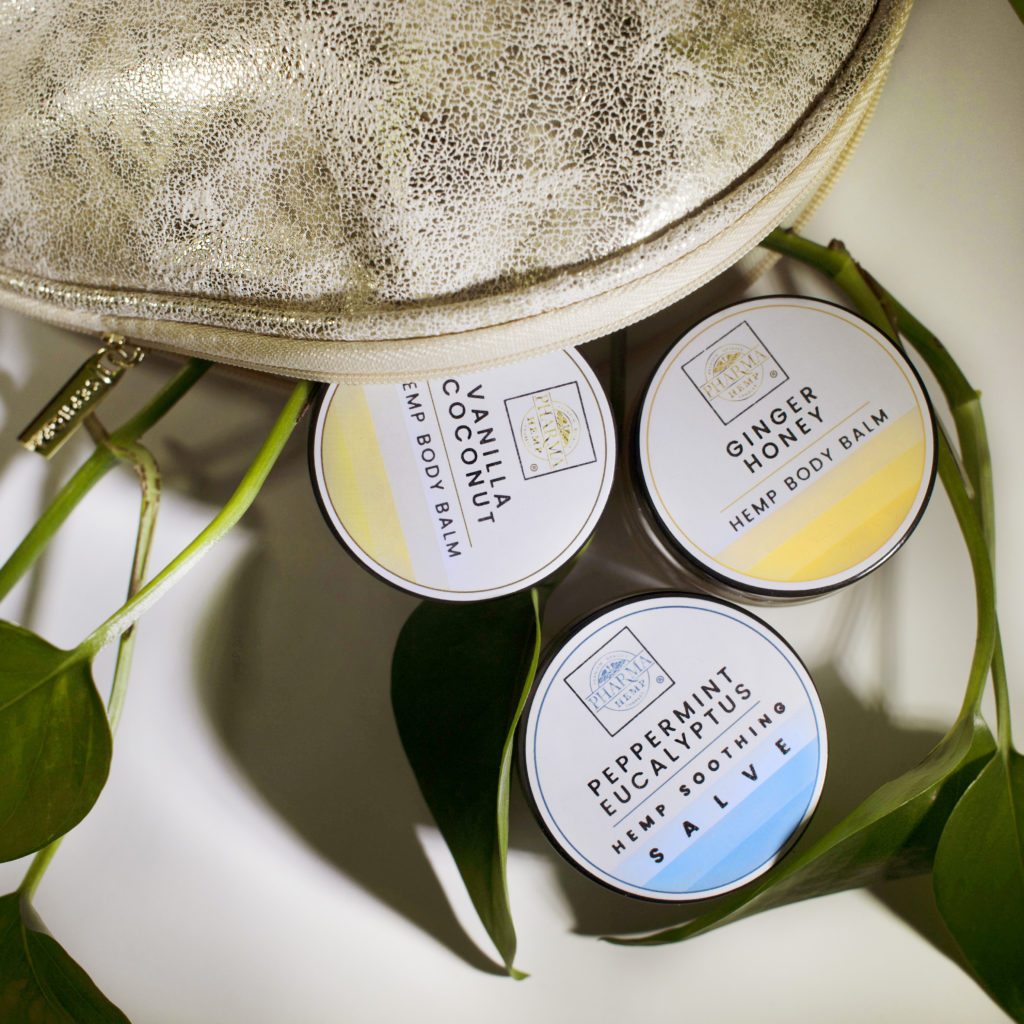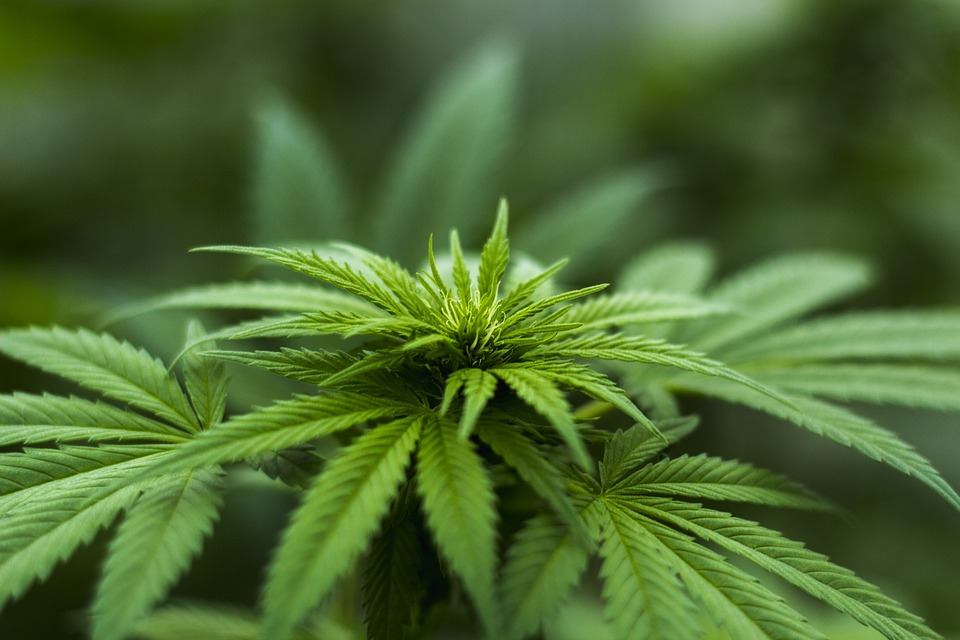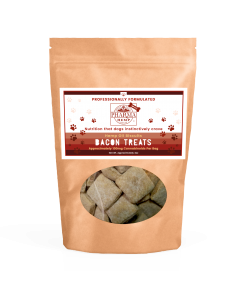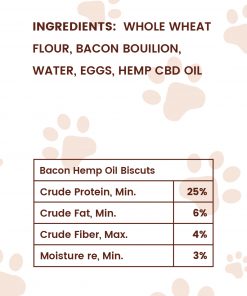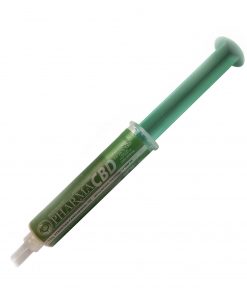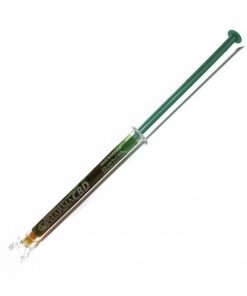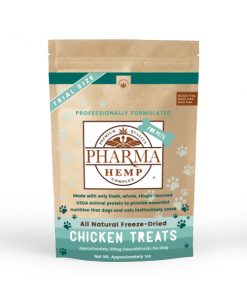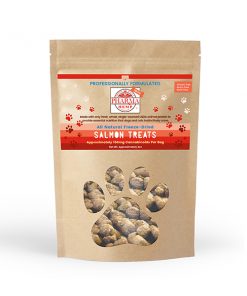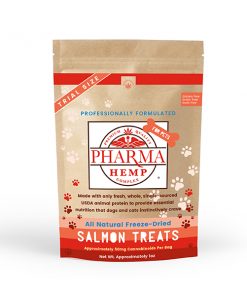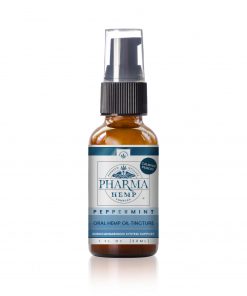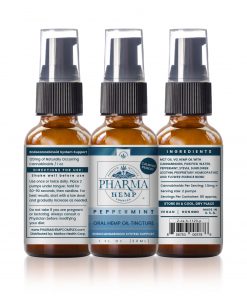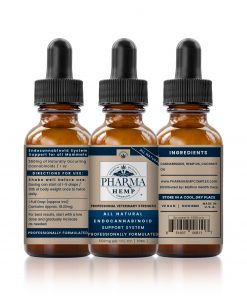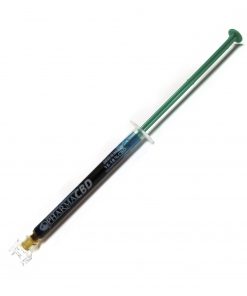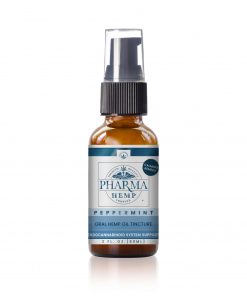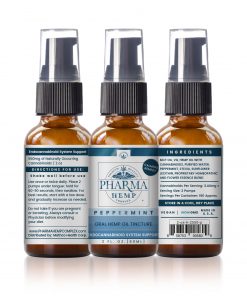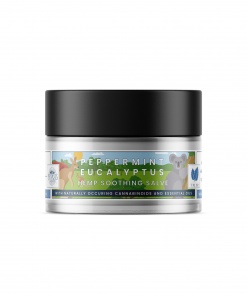Subtotal: $45.98
The Best CBD Oil Topicals
Ease your worries and relax with soothing CBD oil topicals by Pharma Hemp Complex. These revitalizing topicals are available in three aromatic scents. Choose from Peppermint Eucalyptus, Ginger Honey, and Vanilla Coconut. A little bit goes a long way with these topicals, so you can get your money’s worth.

All Natural Ingredients
Each Pharma Hemp Complex topical is made with only the finest quality all natural ingredients. Made with all natural hemp derived CBD oil, arnica oil, beeswax and coconut oil. Each scent is produced with the finest essential oils to elevate your senses to a soothing paradise. This formula is never greasy or sticky unlike synthetic pain creams.
Get a Coupon for 15% Off!
Sign up for our newsletter



 CBD Tincture for Pets 550mg 1oz – Professional Veterinary Strength- Holistic
CBD Tincture for Pets 550mg 1oz – Professional Veterinary Strength- Holistic 